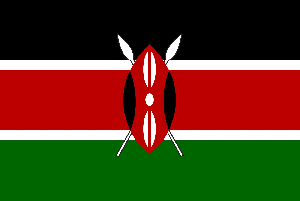Cabinet has given energy sector managers up to March next year to ensure the Ghana Gas Pipeline is joined with the West African Gas Pipeline to enable reverse flow of gas from the Western Region to Tema.
The reverse flow mechanism will allow the evacuation to Tema of up to 350 million standard cubic feet per day (MMSCFD) of gas, which is more than Jubilee’s capacity.
The distance from the Ghana Gas Pipeline to the connection point is estimated to be 1.5kilometres.
Prof. Thomas Akabza, Chief Director of the Ministry of Energy and Petroleum, told the B&FT that the process to join the two pipelines, estimated to cost between US$5mllion and US$8million, is “quite advanced”.
The ministry, he said, is facilitating negotiations between Ghana Gas and the West African Pipeline Company (WAPCo) to bring the project to fruition.
“Technically both have agreed that Ghana Gas will construct its portion to the end of the West African pipeline, then WAPCo will also put in the necessary meters at their end for the connectivity to take place,” he said.
“We are looking at between four and six months for this project to materialise. In fact, that is what cabinet has actually given us.”
The joining of the two pipelines has become necessary to deal with the situation where operator of the Jubilee field, Tullow Oil, wants to increase gas supply to the processing plant but is unable to because the Aboadze power enclave does not have enough plants in operation to absorb it all.
The Tema enclave, meanwhile, is often left in need of gas when supply from Nigeria through the West African Pipeline is cut or reduced to inadequate levels.
Up to 120million standard cubic feet of gas per day (MMSCFD) could be got from the Jubilee field, but supply has so far swung between 50million and 60million MMSCFD.
The West African Gas Pipeline from Nigeria runs through the coastline of Tema where it delivers gas to the Sunon Asongli thermal plant and other VRA plants, and onward to the Western Region.
For the most part, since the pipeline started delivering gas in 2011, the stretch between Tema and Takoradi has been empty because the gas is often inadequate and so gets used up in Tema.
Located in Tema are power plants belonging to the Volta River Authority (VRA) as well as the privately-owned Sunon Asogli thermal plant (200MW) and the Cenit thermal plant (126MW).
Sunon Asogli is working on a second-phase 360megawatt plant, also in Tema, while the VRA has almost completed a 220megawatt power plant there that will also take additional gas.
On November 27, 2014, Petroleum Minister Emmanuel Armah Kofi-Buah told an emergency meeting in Accra of the Committee of Ministers of the West African Gas Pipeline Project that addressing the issue of reverse-flow of gas was an “immediate need”.
Gas evacuation is likely to become significant in the next few years, as the recently-signed Sankofa deal is expected to produce at maximum 170 MMSCFD in addition to the 120 million from the Jubilee Field and 50 million from the Tweneboah, Enyeara and Ntomme (TEN) project.
Business News of Tuesday, 8 September 2015
Source: B&FT













